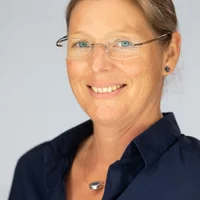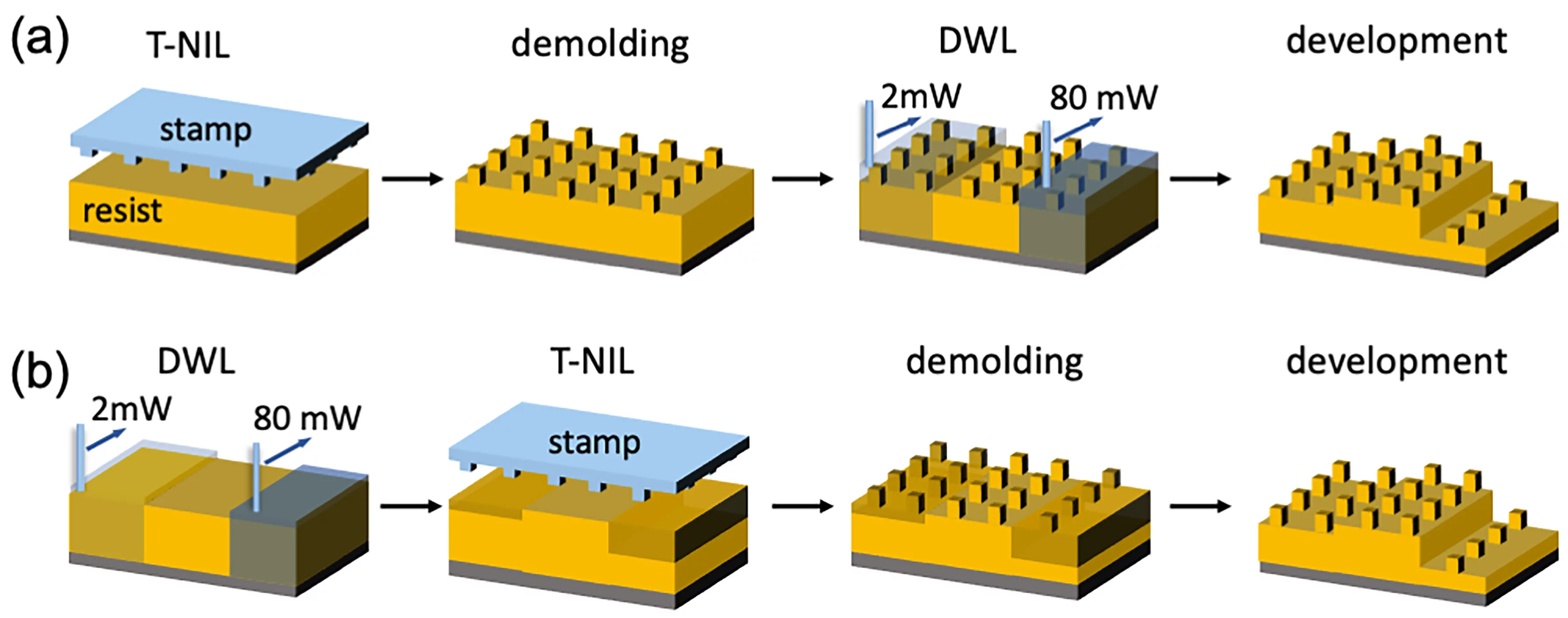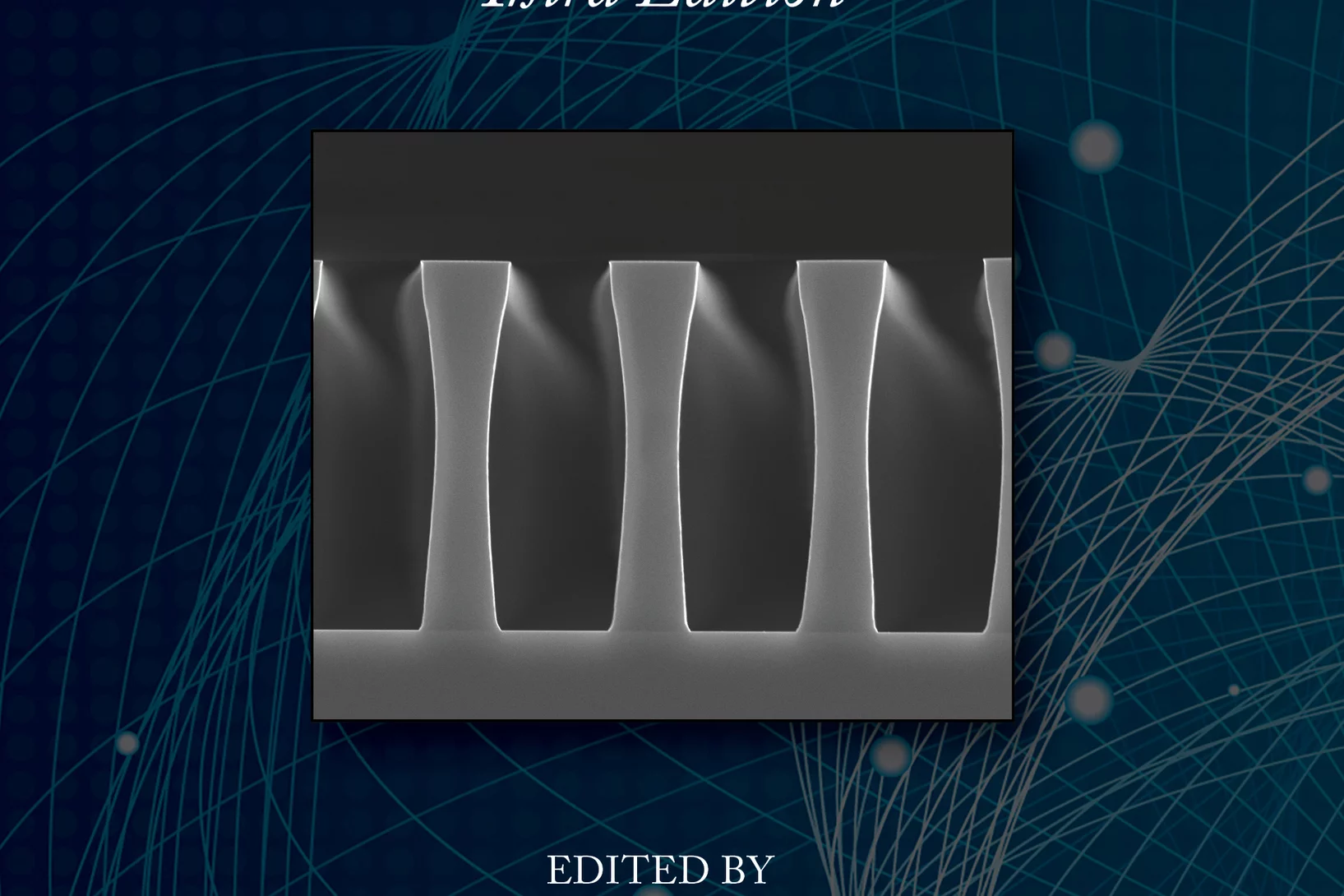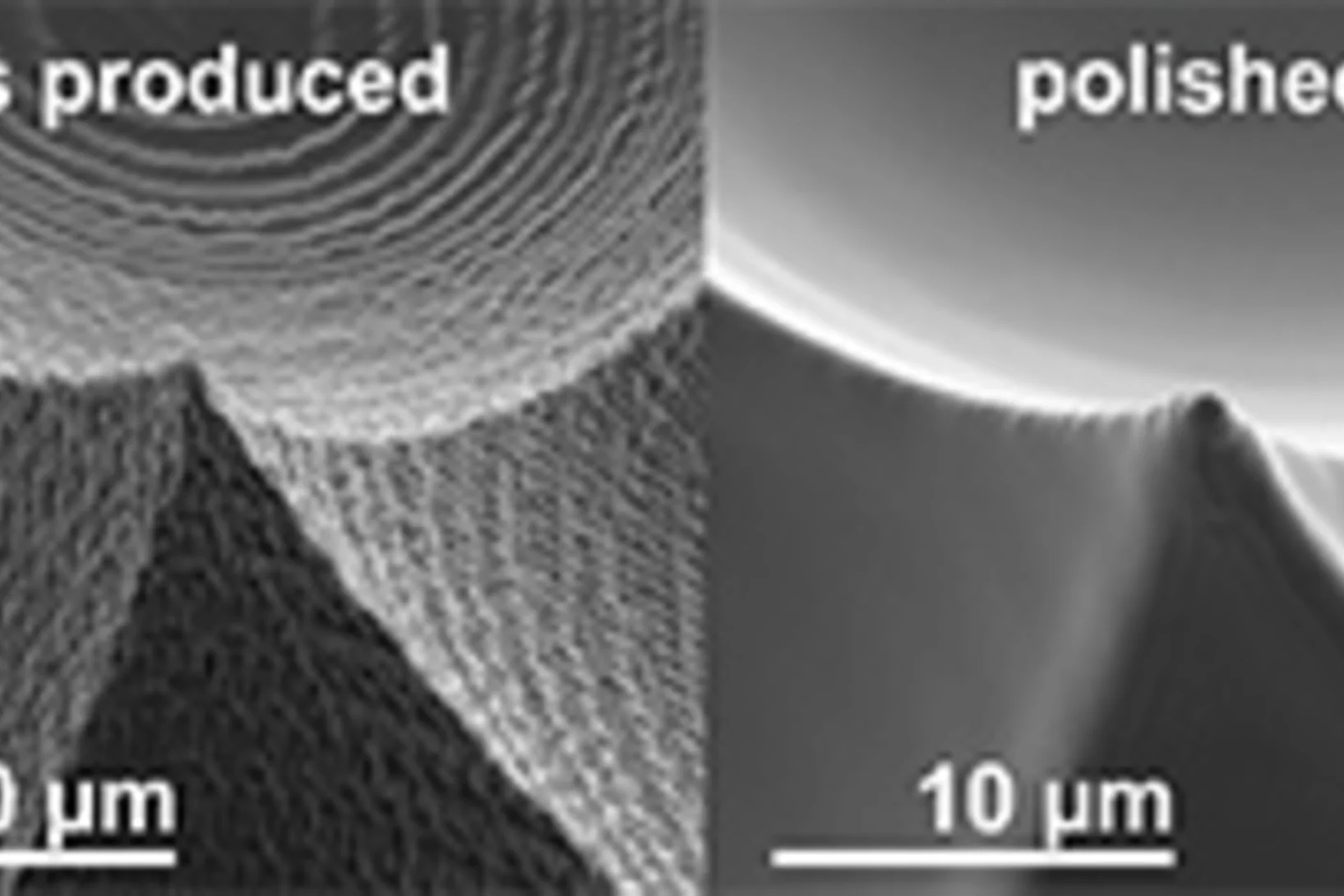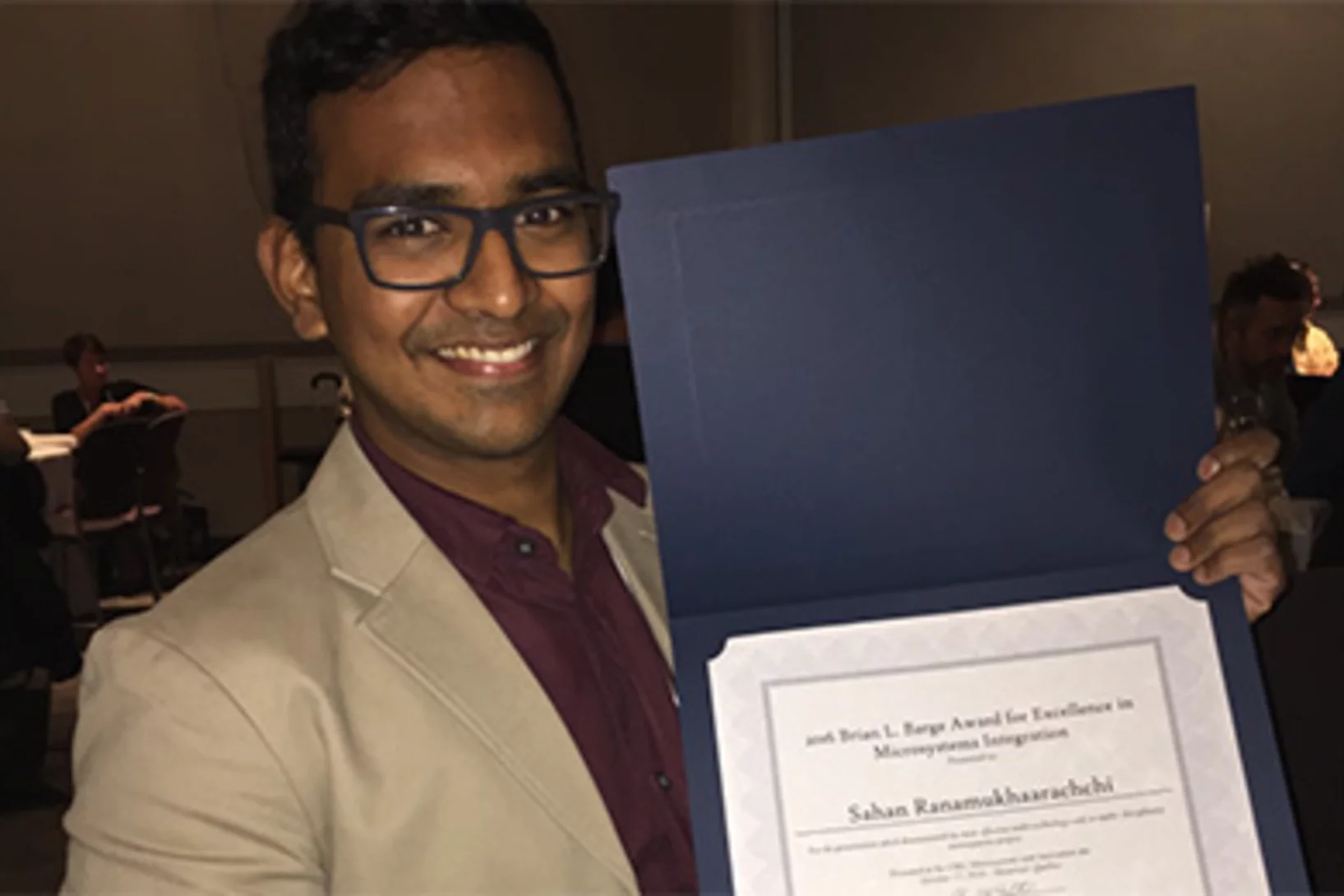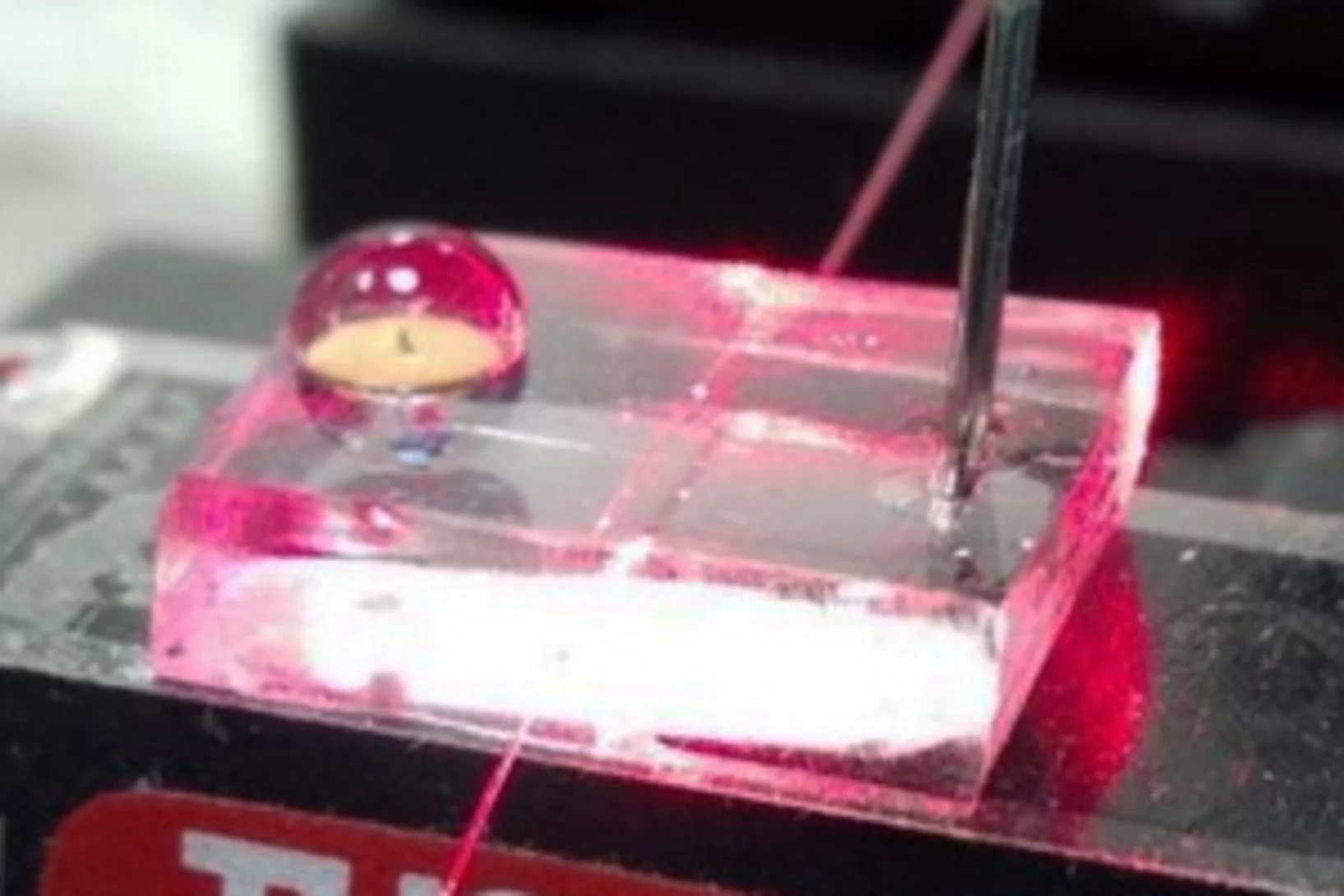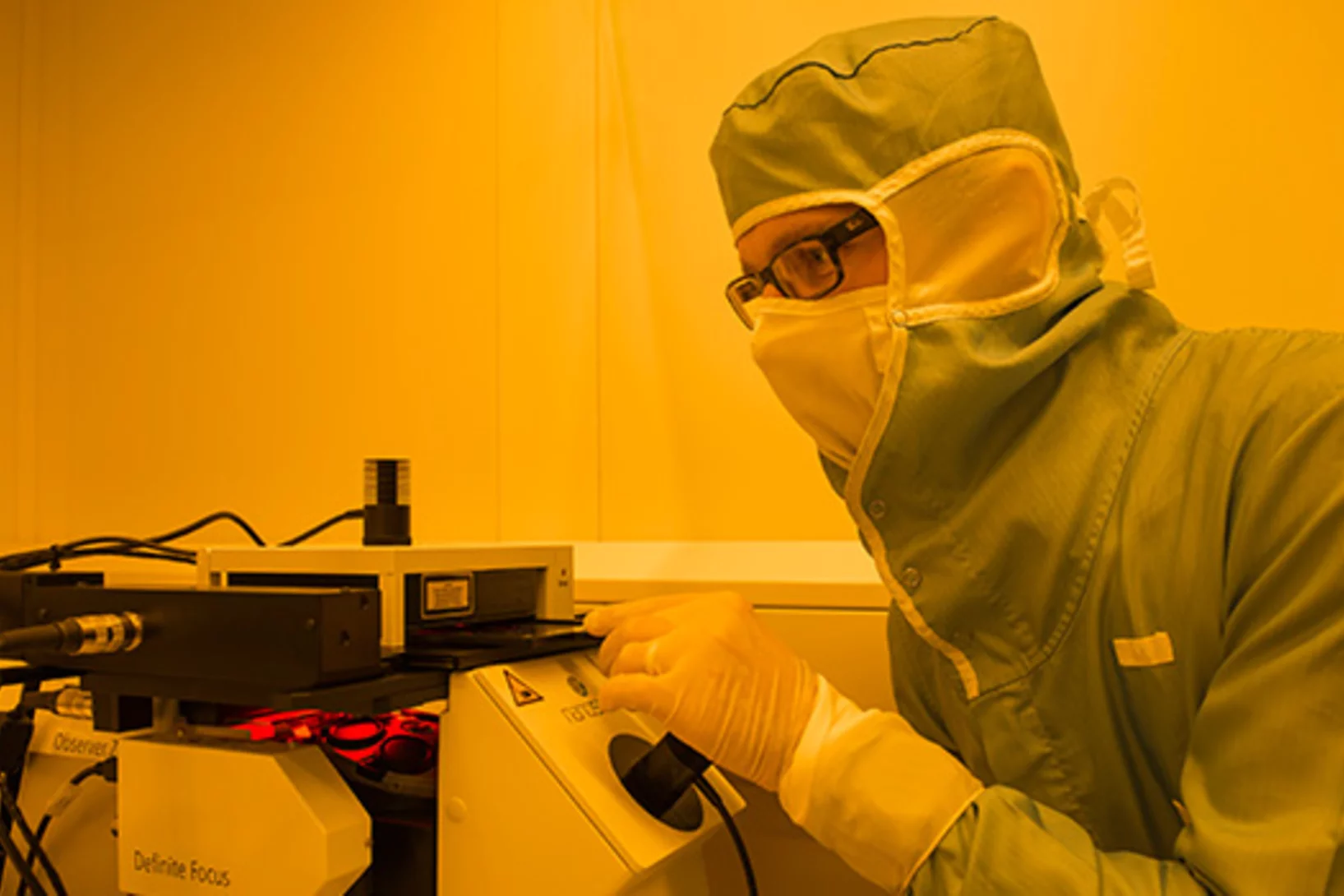The EIPBN 2021 Best Journal Paper Award was given to the paper "Hybrid structures by direct writing lithography – tuning the contrast and surface topography of grayscale photoresist with nanoimprint", J. Vac. Sci. Technol. B 39 (2021) 052603 (9 pp), with the authors S. Xie, J. Erjawetz, C. Schuster, and H. Schift. It was chosen from papers presented at the 64th International Conference on Electron, Ion, and Photon Beam Technology and Nanofabrication and published in JVST B. It was the first paper that presented novel work of the new direct laser writing tool DWL 66+ that was purchased in the framework of ANAXAM. It combined established nanoimprint lithography with grayscale photolithography. Helmut Schift, as corresponding author, received the award together with Sijia Xie, the first author and presenter at EIPBN, who was postdoc in Helmut Schift's group up to May 2021.

